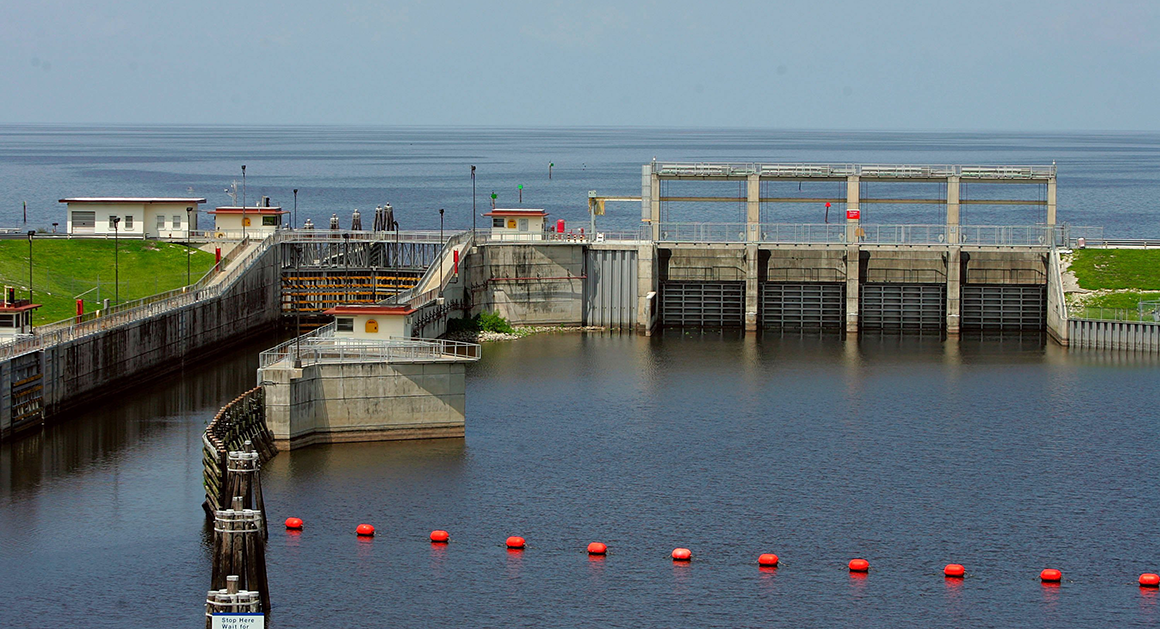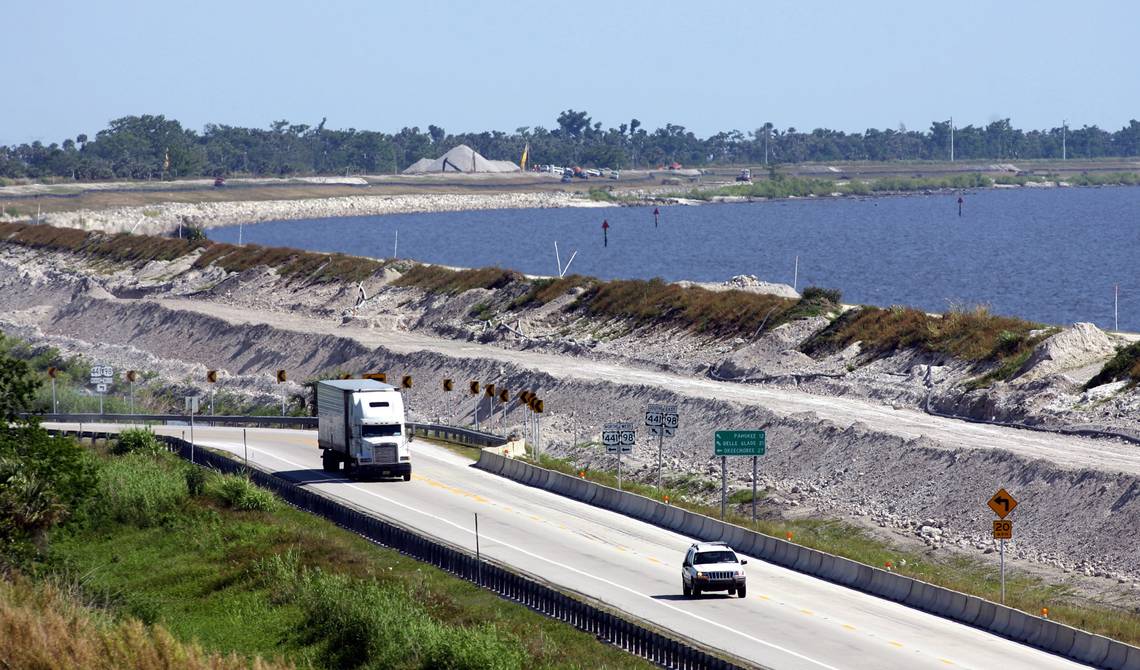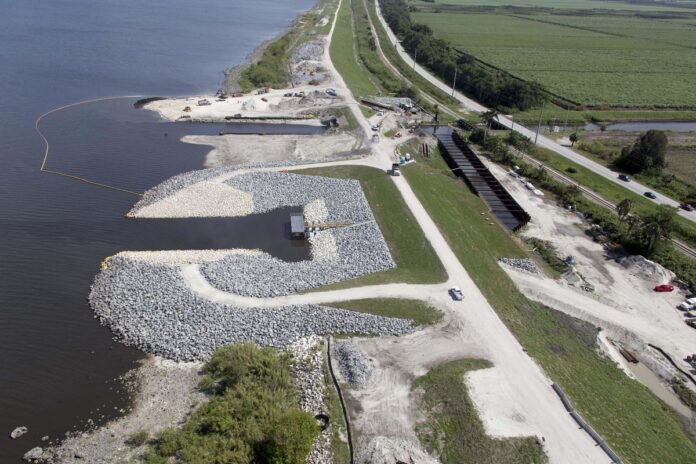In an effort to decrease the threat of a catastrophic flood raging through south Florida neighborhoods, and to preserve the fragile Herbert Hoover Dike that surrounds and protects the communities south of Lake Okeechobee, the South Florida Water Management District, operating under the emergency flood protocols established by the US Army Corps of Engineers, opened the floodgates in February – to strategically release large amounts of rainwater from January’s record setting deluge, sending some of the water to a newly constructed holding tank and water purification reservoir in Palm Beach County, while also sending most of the water to the Atlantic Ocean and Gulf of Mexico through the Caloosahatchee and St. Lucie Rivers.
Vocal opponents of Florida farmers and several known groups of paid activists have been putting pressure on state politicians to force central Florida farmers off their land, and into bankruptcy. The professional agitators have been attempting to ‘raise awareness’ of the supposed dangers of farm field runoff, that they claim is contributing to the pollution of the Florida waterways, by sending out mass amounts of propaganda filled press releases to the media and politicians all across the sunshine state.

In truth, the vast majority of pollution that contaminates the rivers and streams that flow into and out of Lake Okeechobee comes from the vast 5,000 square-mile watershed that flows into the 730 square-mile Lake Okeechobee. Over a 10-year period, less than one percent of all the water entering Lake Okeechobee came from south of the lake, where a lot of the states farming occurs. According to the South Florida Water Management District, more than 90% of the water entering Lake O comes from the northern watershed area. The north Florida watershed feeds a river of grass that flows through some of the largest cow pastures in the country, which washes fecal matter downstream and into Florida’s largest lake, before being sent out to the ocean whenever a large storm fills the lake and triggers an emergency spill-off into and through the eastern and western Lake Okeechobee canals that flush the wastewater out to the Atlantic Ocean and Gulf of Mexico. In Florida, cattle ranching is regularly operated north of Lake Okeechobee whereas intense production agriculture takes place to the south of the lake.
The South Florida Water Management District maintains that unregulated runoff, mainly from residential communities and other businesses along the river routes leading to the ocean, account for over 70% of the water flowing into the Caloosahatchee river. This same runoff contains all the pollutants from the leaking septic tanks that also runs into the river.

The only real solution to the ever present flooding threat throughout central and south Florida has always been storage of runoff to the north of the lake. The massive north Florida pasture is primarily comprised of barren cattle grazing land and crapping cattle. Water storage and cleaning north of Lake Okeechobee is a much better solution than the one being proposed by certain activist groups, who want to force farmers south of Lake Okeechobee off their land to build a network of extremely expensive taxpayer funded reservoirs throughout the farm fields that currently support thousands farmers and their families.
